Sony Announces Xperia 5 II: 120Hz Full-Fledged Small Phone
by Andrei Frumusanu on September 17, 2020 3:00 AM EST- Posted in
- Mobile
- Sony
- Smartphones
- Xperia 5 II
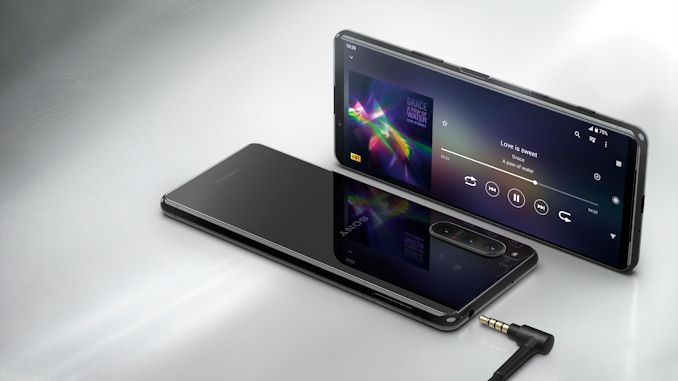
Today Sony is following up on one of its newer form-factors that the company had introduced last year with the Xperia 5. The new Xperia 5 II (read as mark two), follows up on the smaller flagship sibling device, retaining its form-factor, but also substantially improving its design as well as maintaining an almost complete feature-parity with the bigger Xperia 1 II.
The new phone also sets out to differentiate itself from other Sony offerings: the company seemingly has focused on the more gaming-centric usability of the device even though externally it does not have the flair of a gaming phone. With a new internal heat dissipation system and a 120Hz refresh rate OLED and 240Hz sample rate touch input, the Xperia 5 II punches above its weight when it comes to fluidity.
Sony has achieved this all whilst retaining the form-factor and weight of the Xperia 5 – even cramming in a new 4000mAh battery just by virtue of improved internal engineering. This is Sony’s seemingly most competitive package in years, let’s go over the details:
| Sony Xperia Series | |||||
| Sony Xperia 1 II |
Sony Xperia 5 II (NEW) |
||||
| SoC | Qualcomm Snapdragon 865 1x Cortex-A77 @ 2.84GHz 3x Cortex-A77 @ 2.42GHz 4x Cortex-A55 @ 1.80GHz Adreno 650 @ 587MHz |
||||
| DRAM | 8GB | ||||
| Display | 6.5" OLED 3840 x 1644 (21:9) |
6.1" OLED 2520 x 1080 (21:9) 120Hz Refresh w/ 240Hz Touch |
|||
| Size | Height | 166 mm | 158 mm | ||
| Width | 72 mm | 68 mm | |||
| Depth | 7.9 mm | 8.0 mm | |||
| Weight | 181 grams | 163 grams | |||
| Battery Capacity | 4000mAh 18W USB-PD Adaptive Charging |
||||
| Wireless Charging | Yes | - | |||
| Rear Cameras | |||||
| Main | 12MP 1.8µm Dual Pixel PDAF 1/1.7" sensor 24mm / f/1.7 with OIS |
||||
| Telephoto | 12MP 1.0µm PDAF 1/3.4" sensor 70mm / / 3x zoom f/2.4 with OIS |
||||
| Wide | 12MP 1.4µm Dual Pixel PDAF 1/2.6" sensor 16mm / 130° f/2.2 |
||||
| Extra | 3D Time-of-Flight (ToF) | - | |||
| Front Camera | 8MP 1.12µm f/2.0 |
8MP 1.12µm f/2.0 |
|||
| Storage | 256GB +microSD |
128 / 256GB +microSD |
|||
| I/O | USB-C 3.5mm headphone jack |
||||
| Cellular | - | - | |||
| Wireless (local) | |||||
| IP Rating | IP65 & IP68 | ||||
| Other Features | Dual Speakers | ||||
| Dual-SIM | 1x nanoSIM + microSD or 2x nanoSIM |
||||
| Launch Price | $1099 / £ / 1199€ | $949 / £799 / €899 | |||
At the core of the phone we find a Snapdragon 865 SoC which allows the device to have excellent performance. Although the SoC is quite conservative in terms of its power draw, the Xperia 1 II did have some very slight throttling under sustained workloads such as gaming. In order to alleviate this, Sony has developed an improved thermal dissipation system inside the phone, mostly thanks to a new large graphite pad that is able to transfer heat from the SoC to the larger footprint of the screen panel. This should help the device achieve almost indefinite sustained performance under normal circumstances.
Memory wise we still see a reasonable 8GB of DRAM and storage capacities at 128 and 256GB, extendable with microSD cards.
In terms of design, the Xperia 5 II takes queues from the Xperia 1 II as it features and almost identical front and back design. On the front, this means that there’s still two top and bottom bezels instead of more modern notches or hole-punch cameras, however this comes at the benefit of having two surprisingly good and what Sony claims to be much better balanced stereo front speakers than what we see in other competitor smartphones.
One change in the ergonomics of the phone is the fact that the Xperia 5 II comes with a rounded side-frame design rather the more rectangular and boxy design of that of the 1 II – in this sense the phone seems to be more similar to the Xperia 1, and frankly that’s a positive as I think that gives a much better in-hand feel and ergonomics than the 1 II.
This is still a rather small phone by today’s standards (And today’s standards are big phones!). At 68mm width it’s narrower than the smallest Galaxy S20, and still only weighs a reasonable 163 grams. Sony has been able to increase the battery capacity from the original Xperia 5 from 3110mAh to a new 4000mAh unit at the same time through reengineering the internals of the phone and reorienting the motherboard and using a multi-stack design. The battery compartment also uses a wider footprint inside the phone and maximises the space used in the frame.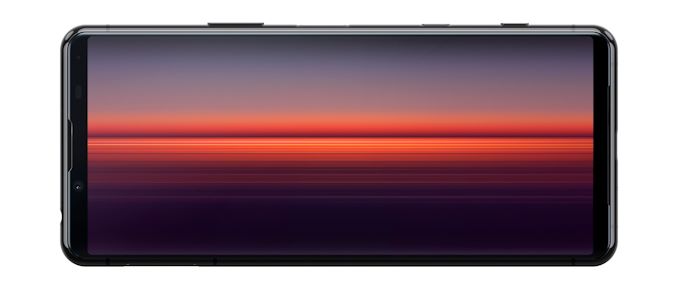
The display of the Xperia 5 II is totally new for Sony. It’s a 2540 x 1080 resolution OLED screen, but this time around it introduces a 120Hz refresh rate, and even features a 240Hz touch input sample rate. That’s a big jump from not only the Xperia 5, but also this year’s Xperia 1 II. I’ve never been a fan of Sony’s choice to chase after 4K displays in their Xperia 1 line-up as frankly it’s complete overkill at comes at a great cost to battery life. A 120Hz refresh rate at FHD+ such as on the Xperia 5 II is a much better choice for the user experience, and the resolution loss shouldn’t be that bad on this 6.1” display as it’s quite smaller than the norm today so PPI is still reasonably high.
The rear camera design is extremely similar to that of the Xperia 1 II. In fact, it’s essentially an identical camera setup in terms of the modules:
A main 24mm equivalent module with a 12MP 1/1.76” sensor with 1.8µm pixels and an f/1.7 optics system with OIS serves as an excellent primary camera. This is augmented by a 70mm equivalent 3x optical zoom 12MP 1.0µm f/2.4 module with OIS acting as the telephoto camera, and also a 16mm equivalent 12MP 1.4µm f/2.2 module as the ultra-wide angle unit.
The one thing missing from the Xperia 5 II that’s present on its bigger sibling is the time-of-flight depth sensor – not that big of a loss for photography.
Sony’s camera experience has never been that of hardware, but rather their approach to software processing. The company has a more hands-off approach to pictures, more like their digital camera or mirrorless systems – which isn’t always successful in the smartphone space as you do need more computational photography to counteract the negatives of having a smaller camera sensor on a phone. In that regard while the Xperia 5 II looks great on paper, don’t expect an as great daily experience as on an iPhone or Galaxy.
The phone is only 8.0mm thick, which is still extremely usable given its narrow width.
Sony this year brought back the 3.5mm headphone jack, and in the Xperia 5 II they even claim to have improved audio quality by improving cross-talk and the audio signal path. It’s great to see companies admit that removing this port was a mistake and revert their past choices – it really now gives the Xperia 5 II quite a differentiating advantage over the competition as almost nobody else features this capability.
With IP68 water resistance, it looks like the Xperia 5 II is ticking almost every single feature check-box of what you’d want in a phone in 2020, which is highly unusual, and extremely unexpected from Sony.
As an overall package, the phone looks incredibly competitive, and I haven’t been able to say that of a Sony phone in ages, if ever.
The real only caveat of the device is its pricing: at $949 or €899, it’s still a bit pricy compared to other flagships in 2020, especially this late into the generational cycle. In Europe, the Xperia 5 II will be available in October, while the US again gets it quite late with availability only starting December 4th – which is extremely late and at that point you’d be better off waiting for the 2021 spring refreshes from the competition.
Still, it’s been a long time I’ve been excited for a Sony phone in this way, and it’s a definite positive for the company’s new path in the mobile space.


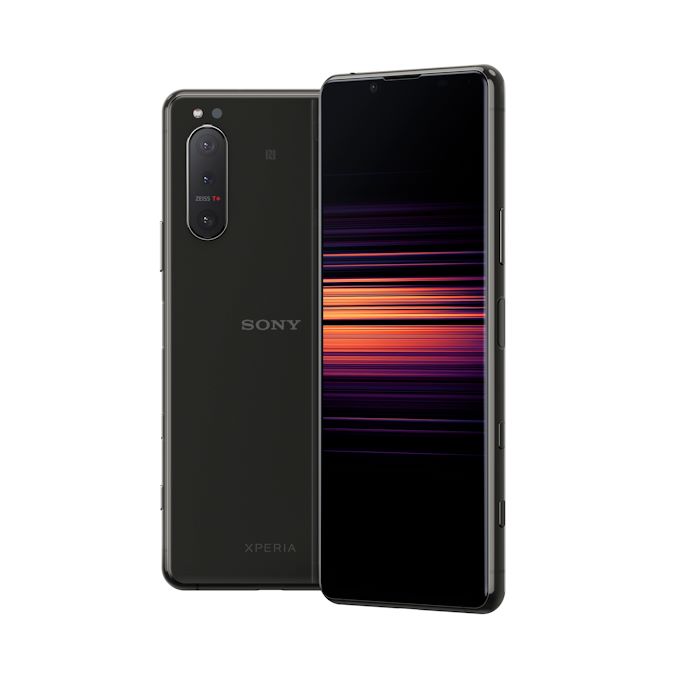
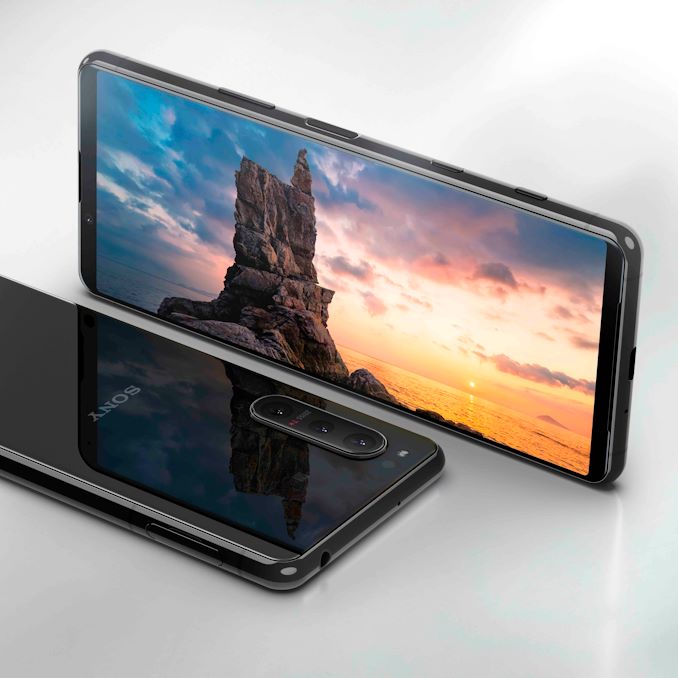
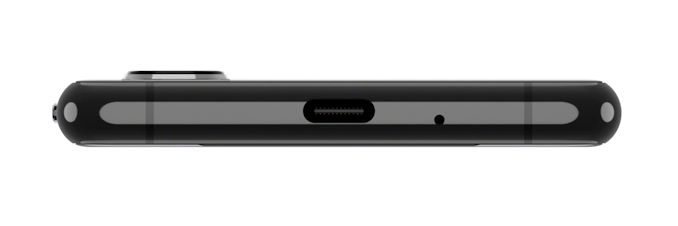
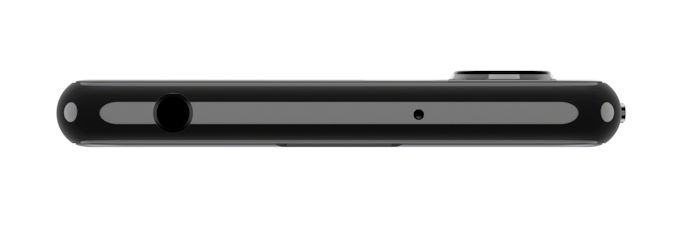








137 Comments
View All Comments
Hrel - Sunday, September 27, 2020 - link
I want a thinner phone not a flatter phone these idiots can't even use English correctly. Flatter is what you've been doing, your marketing has been lying, we should sue them! Phones aren't getting thinner they're flatter, you need to go back to 1st grade!Fucking stupid engineers. Flatter is dumb, thinner is needed. 68mm wide should be the largest phone you make, anything and everything over that should be clearly labled "GIANT FUCKING TWO HANDED PIECE OF SHIT TABLET!"
Manch - Tuesday, September 29, 2020 - link
No ToF sensor.....this could have been the perfect phone fro me! I like to do photogammetry and although I have other tools, having ToF on a phone camera is awesome!gg555 - Thursday, October 1, 2020 - link
This phone looks so great. But it has bad support for all of the U.S. carriers. In particular, it doesn't support band 71 on T-Mobile, which is a huge part of their network and improved 4G bandwidth. And it doesn't support any of T-Mobile's 5G bands. There a cheap three year old phones that have better support for U.S. networks. This is just not a phone meant for the U.S. Big disappointment.Hrel - Saturday, October 10, 2020 - link
It's amazing how few phones there are that support band 66 and 71 LTE. Of all the cheap, easy, quick, simple ways to add value to your product, and almost nobody does it. LG V30, old as it is, is still the best option for full coverage in America without getting ass-raped daily by Verizon.inperfectdarkness - Thursday, October 29, 2020 - link
That is not a small phone. Sony's continued obscurity in the smartphone market will continue because Sony refuses to service market segments that are mostly ignored by their competition. The XZ2 Compact was the last, great "small" smartphone; the display on this monstrosity is 1.1" wider. No. Just no.Sony, if you want people to sit up and pay attention, go back to the XZ2 compact formula. All the features of a top-tier phone....downscaled into a 5" screen. Then you put it on the market for 600-700 bucks and make record profits (the XZ2 Compact was around 649 MSRP on release).
Even Apple is offering an iPhone SE in this segment (although it's nowhere near as good as the flagship). And unlike the Galaxy Z Flip, it won't cost you an arm and a leg to get a compact form factor that will actually fit in your pocket.
PLEASE, PLEASE, PLEASE stop making phones that practically require you to have a fannypack to fit in. Ask women about the last time they actually fit a smartphone into a jeans pocket--I promise you, it wasn't any time recently.
inperfectdarkness - Thursday, October 29, 2020 - link
XZ2 Compact. Who cares if it's 2 years old. It's every bit as powerful as that year's top-of-the-line models...and it's 127mm screen (135mm body). Sony knew how to do this 2 years ago. The went full retard since then.nightalon - Thursday, December 3, 2020 - link
Really useful post; I love Xperia for being an underdog and having great cameras.I think it should be "taking cues" instead of "taking queues." Minor idiomatic/phonetic swap.